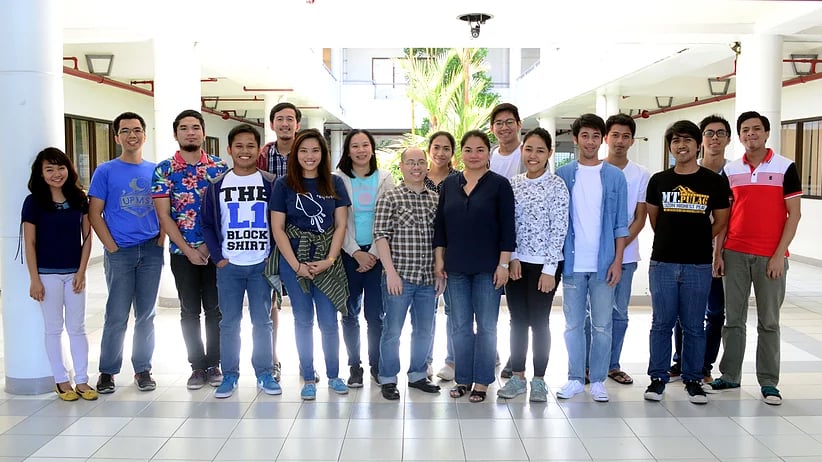DATES:
11-12 May 2017 | 8am – 5pm
VENUE:
Computational Science Research Center, Computer Lab 1,
National Science Complex, UP Diliman
While bioinformatics is essential in the life sciences, relatively few biologists have the expertise to conduct in-depth computational analyses of their data. The realm of bioinformatics is mostly handled by computer programmers and IT professionals, who carry the tasks of analyzing, organizing, and storing data produced by molecular biologists. The dearth of knowledge in the field of bioinformatics among biologists is of particular concern to those involved in genomics research given the size of sequence data generated by researchers each year. However, benchtop scientists are starting to recognize the importance of understanding bioinformatics workflows for a more well-rounded research experience.
To build skills in bioinformatics analysis, the Philippine Genome Center conducts lectures and training workshops on various procedures involved in the workflow of genomic research. Next generation sequencing technologies, or NGS, can produce sequence data of sizes ranging from a few to several hundred gigabytes per run. Before analysis, this data must undergo quality checking through either preprogrammed software, or manually through command lines. Joshua A. Dizon and El King D. Morado of the DSBF headed the lectures on basic Linux command lines commonly used in NGS data processing and quality checking NGS outputs. Quality checking determines the statistical significance of the sequencing reads and discards low quality data.
While many types of analyses are possible, the lectures focused on Restriction site Associated DNA sequencing (RADseq) for population genetics. Francis Tablizo from the DSBF talked about read mapping and variant calling, wherein the output sequence is compared and organized in reference to a previously sequenced genome of an organism of the same species, or of one close enough in the phylogenetic tree that their sequences are as similar as possible. RADseq is an NGS method of reduced representation analysis, commonly used when only certain parts of the genome sequence is of interest. Carlo M. Lapid, MSc, of the Computational Genomics and Systems Biology Program (CGSB), headed this segment of the lecture.
NGS and bioinformatics lie at the crossroads of statistics, computer science, biology, chemistry, and various other fields. To fully appreciate the complexity of knowledge involved, one must remember that research is inherently a collaborative effort of experts working towards a similar goal.
Program
11 May 2017 (Day 1)
8:00 am Registration
9:00 am Next Generation Sequencing Technologies – Francis A. Tablizo
10:00 am Morning Break
10:30 am Basic Linux Command Line Lecture and Hands-on – Joshua A. Dizon
12:00 nn Lunch
1:00 pm (cont.)Basic Linux Command Line Lecture and Hands-on – Joshua A. Dizon
2:00 pm Quality Control of NGS Reads Lecture and Hands-on – El King D. Morado
5:00 pm End of Day 1
12 May 2017 (Day 2)
8:00 am Registration
9:00 am Read Mapping and Variant Calling Lecture and Hands-on – Francis A. Tablizo
10:00 am Morning Break
10:30 am (cont.) Read Mapping and Variant Calling Lecture and Hands-on – Francis A. Tablizo
12:00 nn Lunch
1:00 pm Restriction Site Associated DNA Sequencing (RAD Seq) Analysis – Carlo M. Lapid
3:00 pm Afternoon Break
3:30 pm (cont.) Restriction Site Associated DNA Sequencing (RAD Seq) Analysis – Carlo M. Lapid
4:30 pm Open Forum
5:00 pm End of Training

